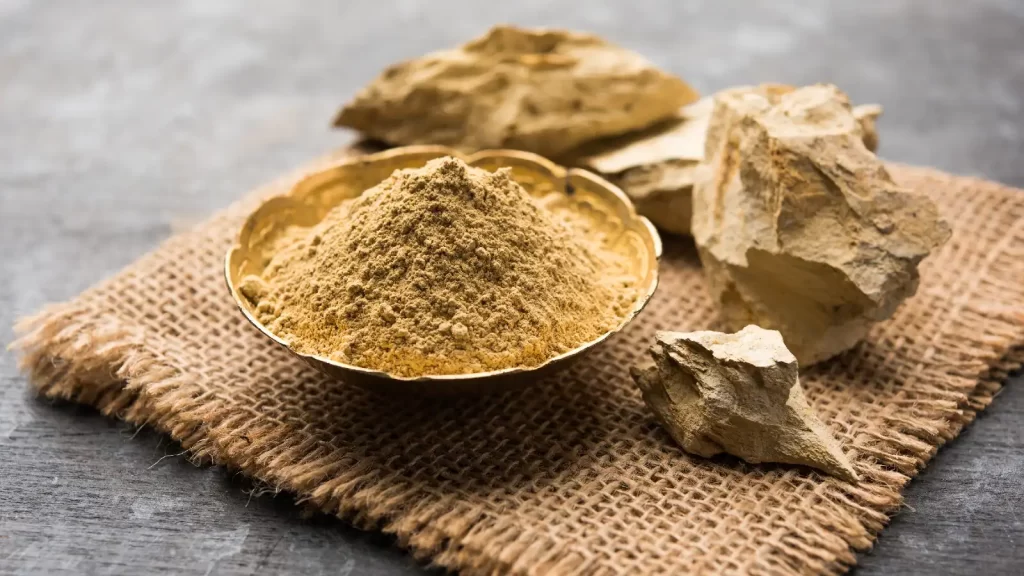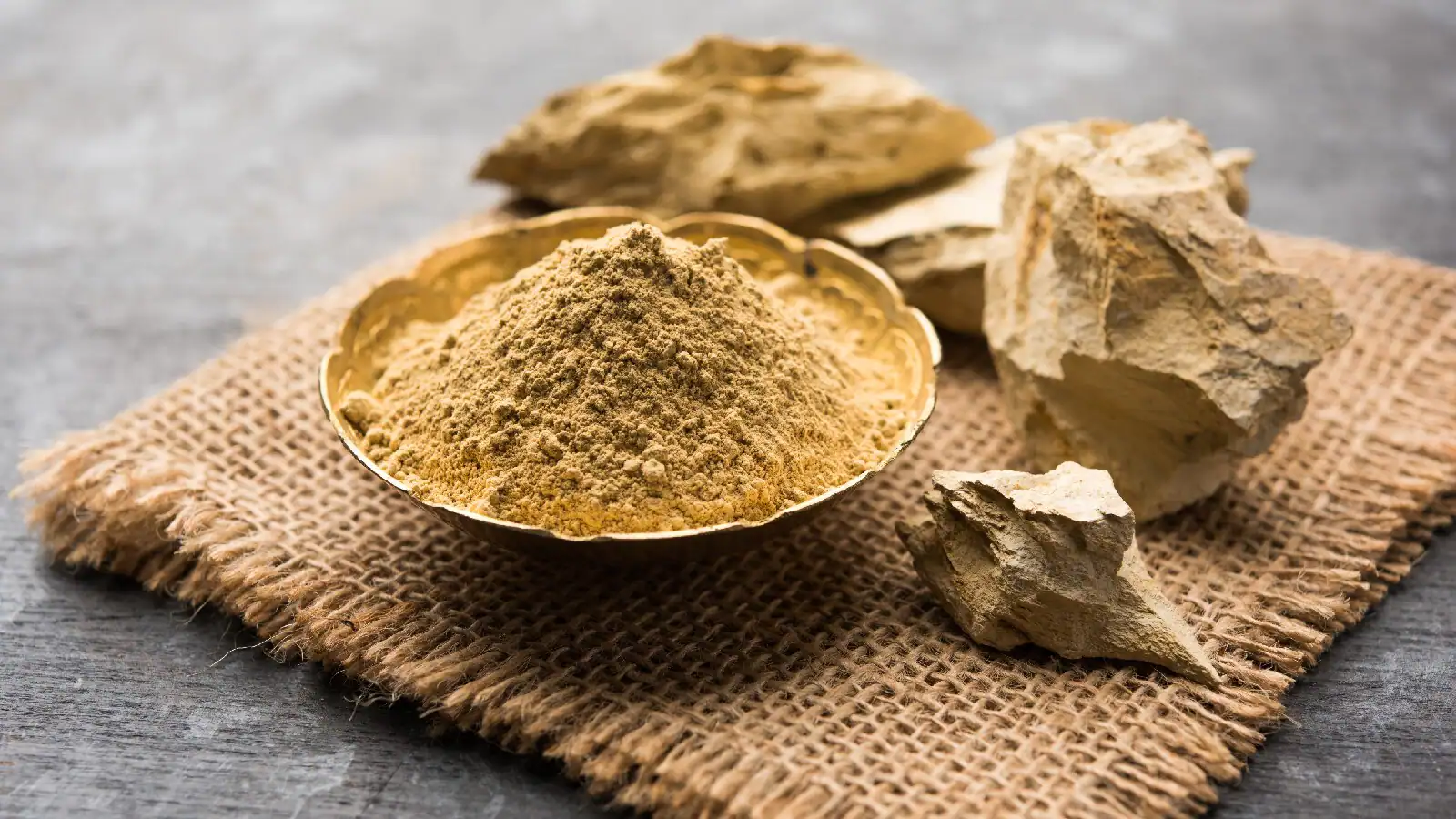In the modern era, individuals increasingly seek ways to maintain clear, youthful-looking skin amidst environmental challenges like vehicular emissions, pollutants, and UV radiation. Skin aging is an inevitable process, yet societal emphasis on preserving a youthful appearance significantly impacts psychological well-being. Multani Mitti (MM), also known as Fuller’s Earth, is a traditional clay widely used in South Asian skincare, particularly in Pakistan, India, Bangladesh, and Nepal, as a cost-effective and efficient solution for purifying and beautifying the skin. Valued for its anti-aging properties and commonly used in face masks, MM’s historical use dates back centuries to ancient Egyptian, Mesopotamian, Chinese, and Indian civilizations. Despite its extensive traditional use and widespread consumer acceptance in South Asian markets, MM has lacked comprehensive scientific validation of its chemical composition and biological mechanisms—especially regarding its anti-aging effects. This gap necessitated rigorous investigation to scientifically validate MM’s potential as a natural anti-aging ingredient, particularly given its significant market value and projected growth in the natural beauty product sector.
Methods
This study employed a multi-analytical approach to investigate Multani Mitti’s anti-aging potential through chemical analysis, enzyme inhibition studies, and in silico evaluations. Five commercial MM samples were pooled to create a representative composite, which was then analyzed using Instrumental Neutron Activation Analysis (INAA) and Gas Chromatography–Mass Spectrometry (GC-MS). In vitro enzyme inhibition assays were conducted to assess MM’s activity against key aging-related enzymes: collagenase, elastase, hyaluronidase, and tyrosinase, with standard inhibitors as controls. Additionally, molecular docking studies were performed on identified compounds against tyrosinase and hyaluronidase to assess their binding interactions and druggability using ADMET and Lipinski’s Rule of Five.
Key Findings
- Chemical Composition:
- INAA revealed silicon as the predominant inorganic constituent at 169.37 mg/g, alongside aluminum, manganese, zinc, calcium, and 15+ trace elements.
- GC-MS identified 13 bioactive organic compounds, with beta-sitosterol (15.45%), docosanamide (12.36%), and cyclohexasiloxane (9.80%) being the most abundant. Some compounds suggested possible contamination or external addition.
- Enzyme Inhibition Activity:
- MM showed significant inhibition of key aging-related enzymes.
- Strongest effects were against hyaluronidase (IC₅₀: 18 µg/mL) and tyrosinase (IC₅₀: 27 µg/mL), exceeding tannic acid and kojic acid, respectively.
- Moderate inhibition was observed against collagenase (IC₅₀: 38 µg/mL) and elastase (IC₅₀: 35 µg/mL), comparable to EGCG.
- Antioxidant Activity:
- MM exhibited moderate antioxidant activity (IC₅₀: 31.94 µg/mL), less potent than ascorbic acid.
- Attributed to inorganic components (e.g., manganese, selenium) and organics like beta-sitosterol and benzyl-piperazine-carboxamide.
- Molecular Docking and Druggability:
- Beta-sitosterol and benzyl-piperazine-carboxamide had strong binding to tyrosinase (−8.6, −7.1 kcal/mol) and hyaluronidase (−8.1, −8.5 kcal/mol).
- These compounds generally met drug-likeness criteria and showed favorable ADMET profiles. Inorganic components did not show binding.
This study provides the first comprehensive scientific evidence supporting the traditional use of Multani Mitti in skincare. It highlights MM’s strong enzyme inhibition—especially against hyaluronidase and tyrosinase—and identifies promising bioactive compounds with therapeutic potential. These findings support MM’s incorporation into anti-aging formulations.
Future directions include enhancing MM-based products with synergistic ingredients like potent antioxidants and antimicrobial agents, and further validating through in vivo studies and toxicity assessments. The research opens promising avenues for creating affordable, natural, and effective cosmeceutical solutions.
Link to the study: https://www.mdpi.com/2079-9284/12/3/124


